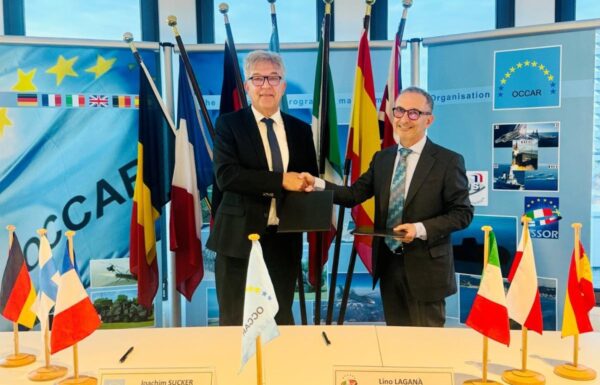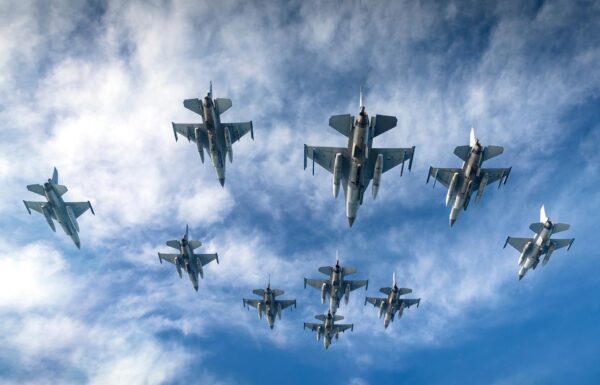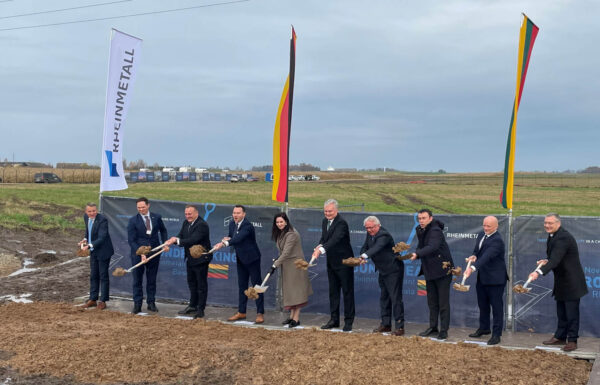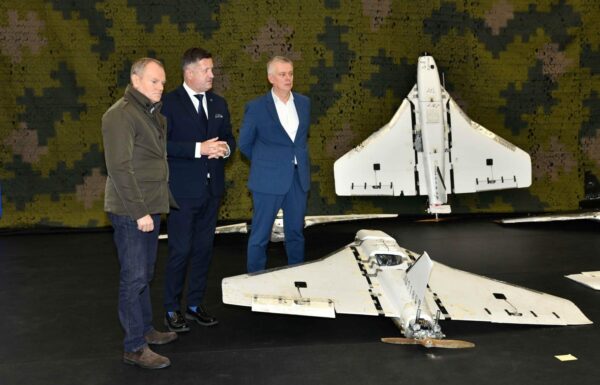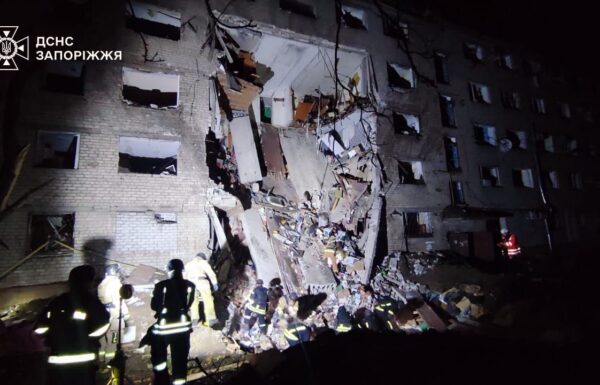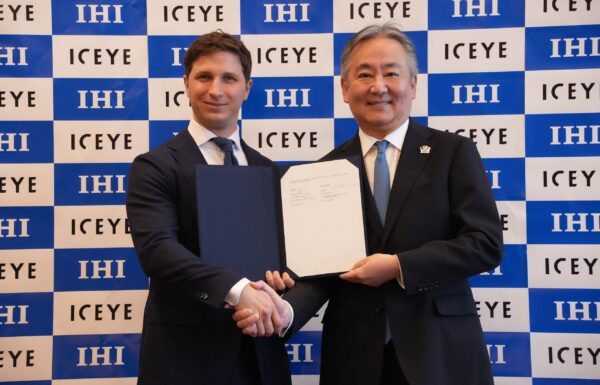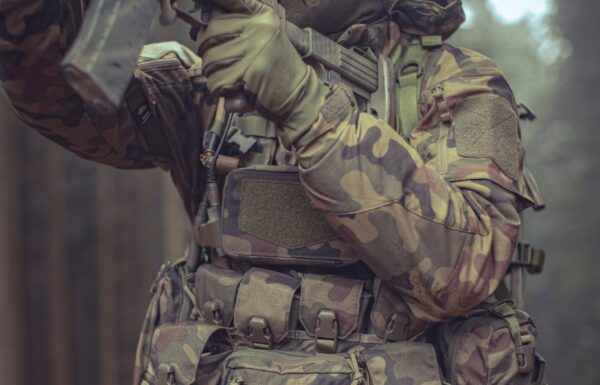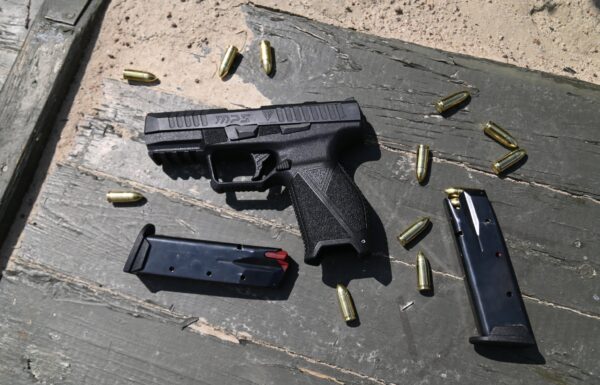On Thursday, August 21, 2025, during the Tailhook Symposium in Reno, Nevada, U.S. company Sierra Nevada Corporation presented its proposal for the U.S. Navy’s Undergraduate Jet Training System (UJTS) program. The aircraft, shown in mock-up form, is named the Freedom Trainer.
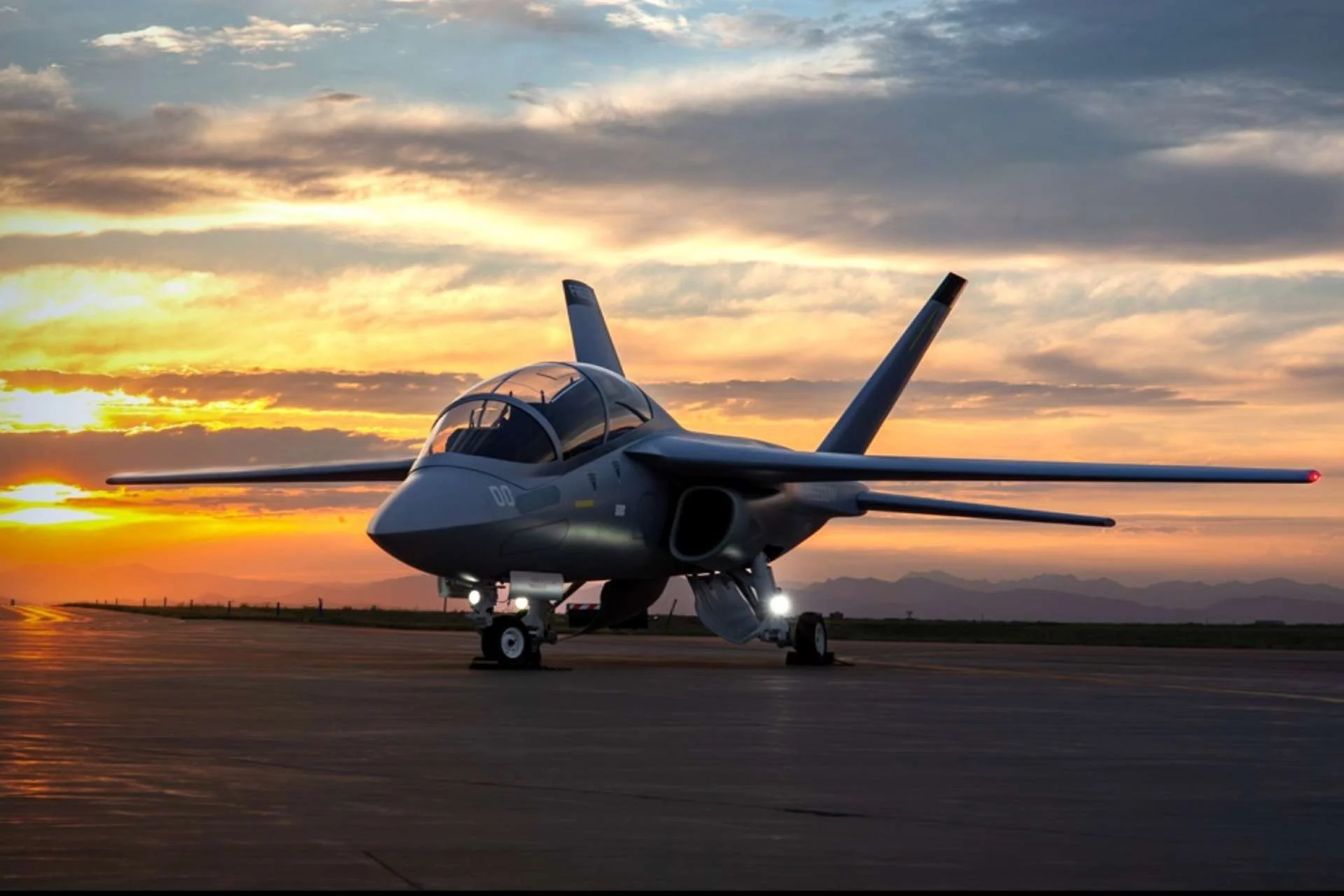 Photo: Sierra Nevada Corporation
Photo: Sierra Nevada Corporation
The project was developed exclusively for the program’s needs, in line with customer requirements, and is intended to serve as the foundation for a future Freedom Family of Training Systems (FoTS).
A key requirement is the inclusion of Precision Landing Modes (PLM) modules to support training tasks, such as Field Carrier Landing Practice (FCLP), at land-based airfields, as well as simulating aircraft carrier decks and touch-and-go procedures on carriers. This means the aircraft itself will not be adapted for actual carrier launch and recovery operations (no reinforced landing gear or arrestor hook).
A Request for Information (RFI) for the UJTS program was issued by Naval Air Systems Command (NAVAIR) on May 14, 2020. The new land-based aircraft is intended to replace the Boeing T-45C Goshawk, 221 of which were built between 1988 and 2009, and are used to train Navy and U.S. Marine Corps (USMC) pilots. About 194 remain in service.
Sierra Nevada Corporation states that the Freedom Trainer will be 40% cheaper to operate than the T-45C Goshawk. Thanks to its innovative design and solid reliability, with an airframe service life of 16,000 hours, it eliminates the need for unplanned Service Life Extension Programs (SLEP) while enabling 30–40% longer average flight durations. This will provide more training time at lower total life-cycle costs. The manufacturer claims up to 45,000 touch-and-go landings and FCLP procedures per aircraft.
Algunos detalles de la maqueta del Sierra Nevada Freedom Trainer pic.twitter.com/ZFOTRAZwoR
— Ulises (⌐■_■) (@Ulis3s679) August 23, 2025
The Freedom Trainer is to be powered by two Williams International FJ44-4M turbofan engines, each providing 15.1 kN of thrust. The cost per flight hour is expected to be around 4,500 USD, about half that of using General Electric F404 or Honeywell F124 engines.
A digital design and modular open-architecture avionics system, which will be owned by the U.S. Navy, will ensure that NAVAIR retains control over future upgrades throughout the UJTS program, including the ability to integrate systems from other suppliers seamlessly.
“SNC has worked to support the Navy for more than 40 years and the Freedom Trainer program represents the culmination of our decades of experience and unwavering commitment to safety and superiority for the U.S. Navy,” said Jon Piatt, executive vice president of SNC. “We are proud to leverage our deep expertise and innovative spirit to deliver a training solution that not only meets the Navy’s current needs but also anticipates future demands. This is a testament to our dedication to providing cutting-edge technology and superior performance for our nation’s sons and daughters who will train as naval aviators for generations.”
Earlier, several companies announced their participation in the UJTS program, including Leonardo and Textron with the M-346N, Boeing with a modified T-7A Red Hawk, and Lockheed Martin, along with Korea Aerospace Industries, with the T-50N. Hindustan Aeronautics Limited also expressed interest in a Tejas variant called LIFT (Lead-In Fighter Training), which has not yet been developed. The U.S. Navy is also seeking a supplier for another type of trainer aircraft under the codename Tactical Surrogate Aircraft (TSA).


